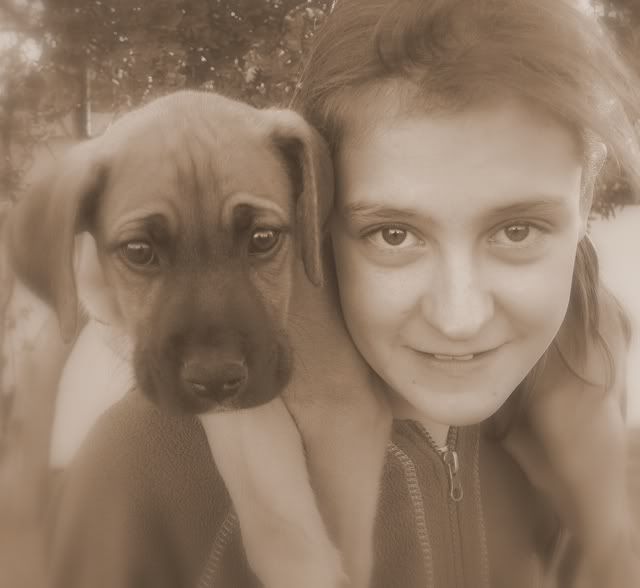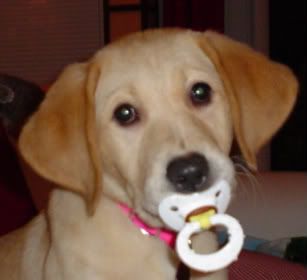
After identifying just why your puppy or dog has house training issues you can identify the right strategies to help solve house training problems. There usually isn’t a one cure for all type of program.
Solutions to puppy and dog potty training issues:
- Neuter your pet.
This is probably one of the first things you should do especially if you have marking behavior around the inside perimeter of you home (carpet, drapes, sofa and other objects) or dominance problems with you critters. Once altered/neutered, it can take a few weeks for the hormonal levels to decline. Newer surgeries can be done as early as eight weeks on.
- Supervise your toilet training candidate.
Keeping an eye out on your critter is a big job but it has to be done. Sometimes using a leash to keep the pup near you or using confinement as a tool is a big help in accomplishing this.
- Train the canine to use a toilet area.
This is just like teaching your kid to use the bathroom! Dogs that live in the home (it is the best “den”) need to be taken out to a special area. The best thing to do is decide where this will be before you bring home a new dog or puppy.
- Use a training phrase or train a signal.
Make up a training phrase such as, “Go Potty”, “Take A Dump”, “Do Your Business” and lightly verbally praise when the dog goes. Barking,
whining, or pawing at a bell can be taught so the dog clearly communicates to you when he or she has to go.
- Adhere to a consistent schedule.
Putting the dog on a schedule is the best method. Once the dog is trained there won’t be a need for this. This type of scheduling is pretty important since puppies “Gotta Go” after each one.
The best puppy potty training programs look something like this:
WAKE UP………………..GO OUTSIDE
EAT & DRINK…………GO OUTSIDE
SLEEP……………………. GO OUTSIDE
PLAY…………………….. GO OUTSIDE
EAT & DRINK…………GO OUTSIDE
BEFORE BED…………..GO OUTSIDE
- Monitor food and water.
Controlling food and water intake is a very good house training aid. Be sure to feed a high quality food. Younger puppies will need to eat up to four or more times a day. Give them 10 to 15 minutes to eat and then remove the food. If they are still munching let them finish and then take them outside to the toilet area. The same applies to water intake, be very careful during hot weather and make sure they can cool themselves. Pick up food and water by 6pm.
- Use confinement such as crate training to help.
This method uses the denning instinct and will also be useful for travel. Cover the floor of the crate with papers and give him a cushion to sleep on. If you do that, then if there is an accident it is easy to clean and the pup stays out of it. When you leave the house, you can leave the dog inside the crate and not worry about accidents or chewing. Leave them with things they can chew on safely. Most pups will sleep while you are gone.
- Install a dog door.
I know, this sounds really simple. It is simple and that is why most people overlook it. Many types of dog doors are available for regular doors and also for sliding glass doors. If you are worried about outside animal intruders, you can purchase electronic doors that react only to an activator on your dog’s collar. Dogs learn how to regulate themselves with this method you just show them how to go in and out.
- Socialize and build confidence.
This is very important to those dogs who have “Wimp-a-citous”. These are usually very submissive animals that do not have any conscious control over their reactions. Too much of the wrong type of discipline or punishment for this behavior only makes it worse.
- Get a veterinary assessment.
It is important to make sure you have already ruled out physical or medical problems before you start on addressing house training issues. If an animal has been on medication or has recently started on some you can sometimes see some loss of bladder or bowel control. Illness, operations, parasites, or not feeling well can show up as elimination accidents.
- Get professional help.
Make an appointment with an animal behavior consultant for more help on this issue.


